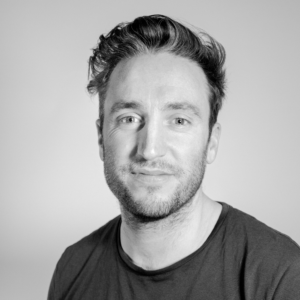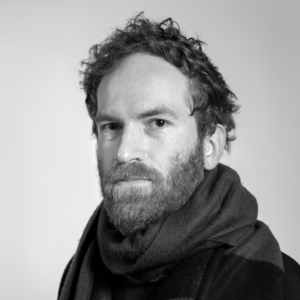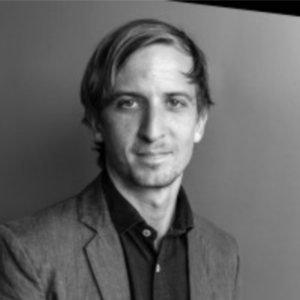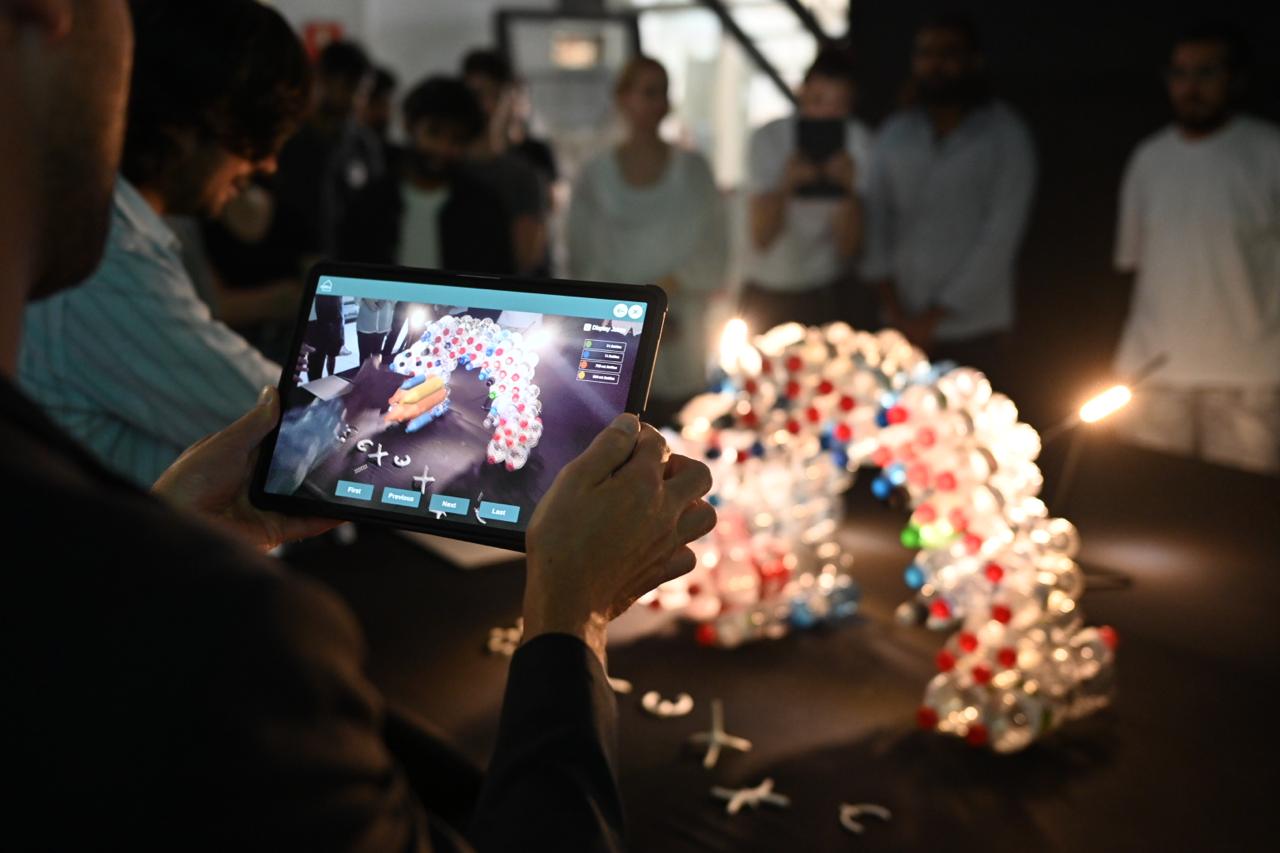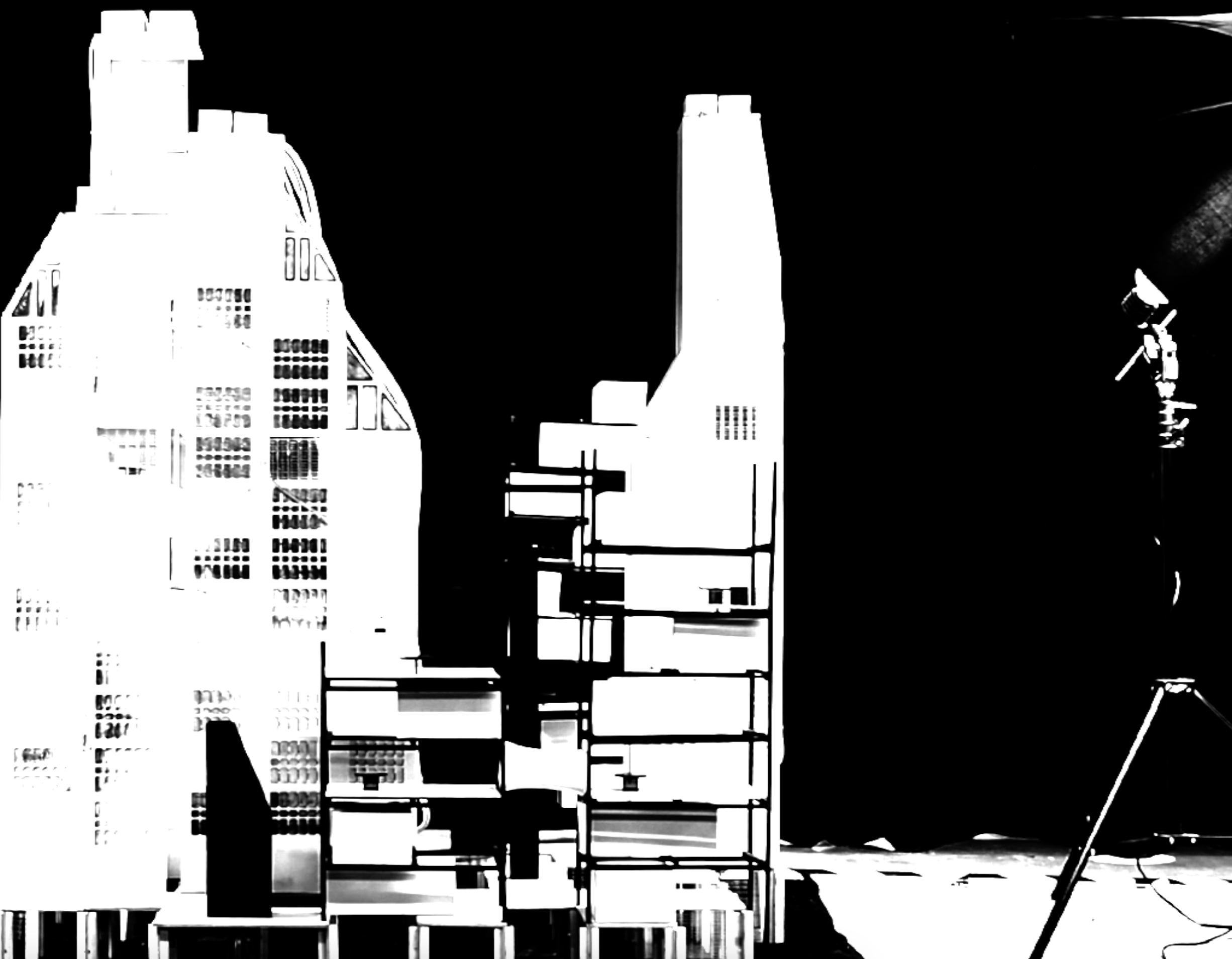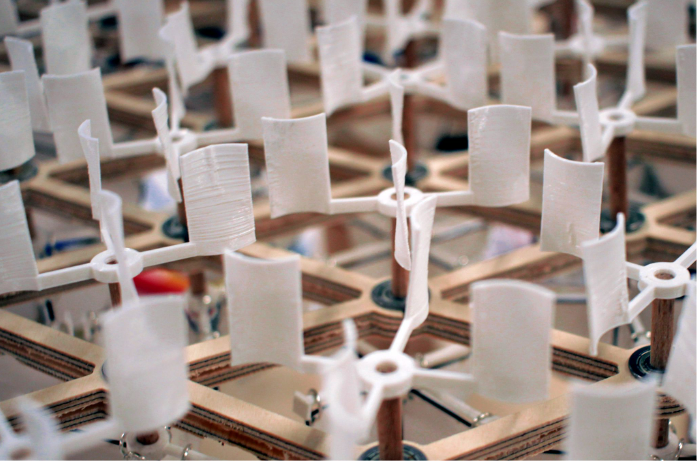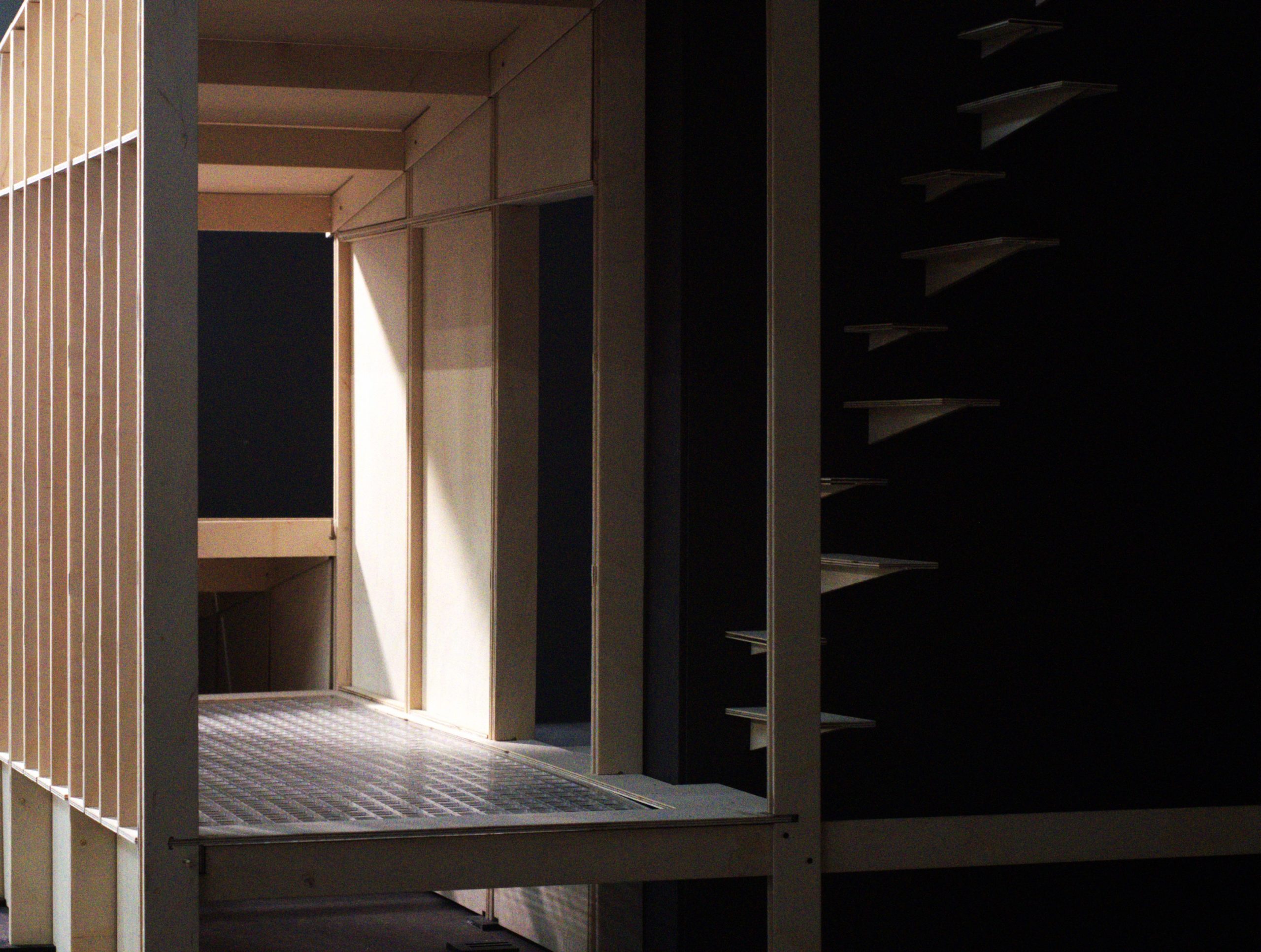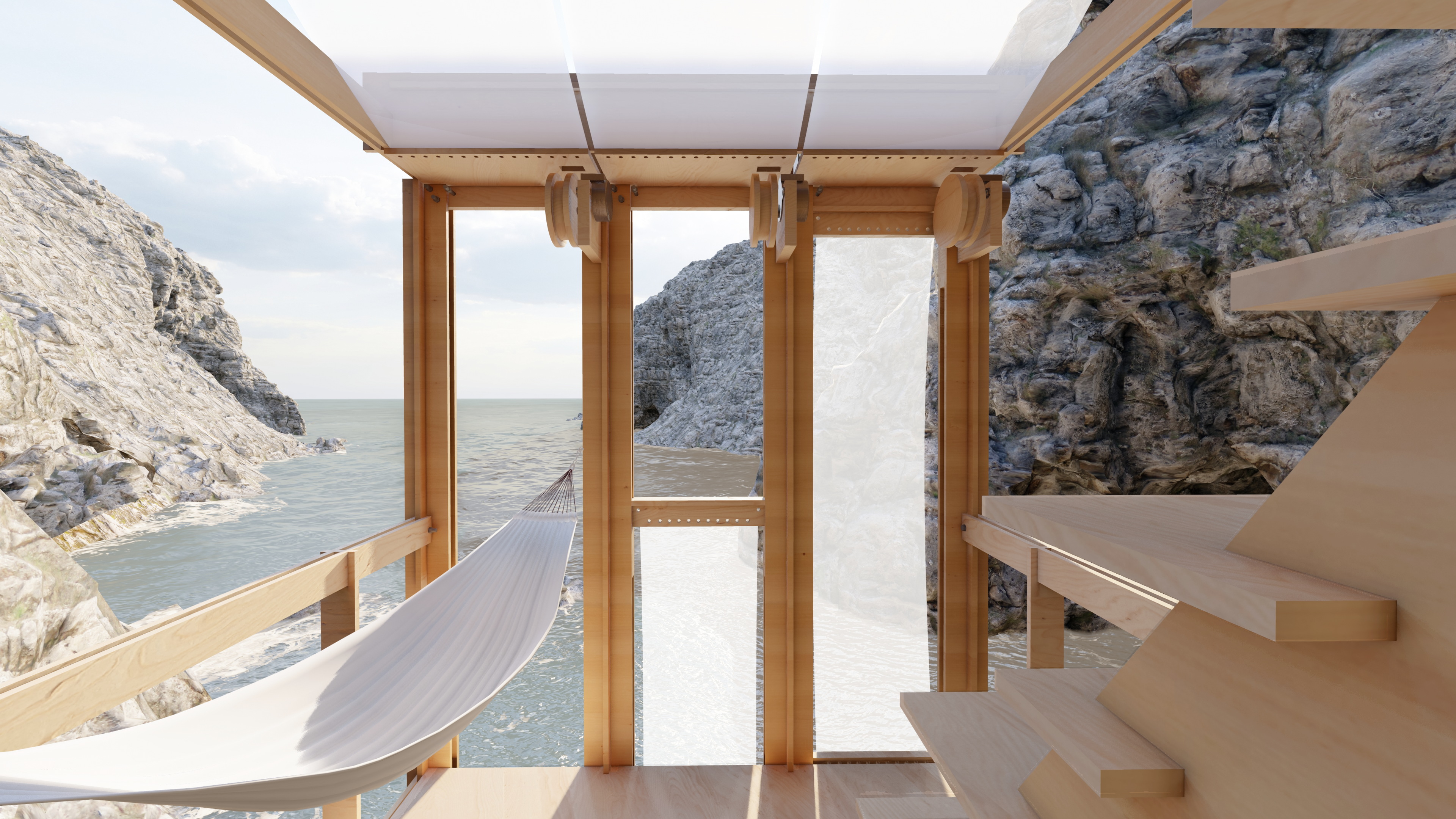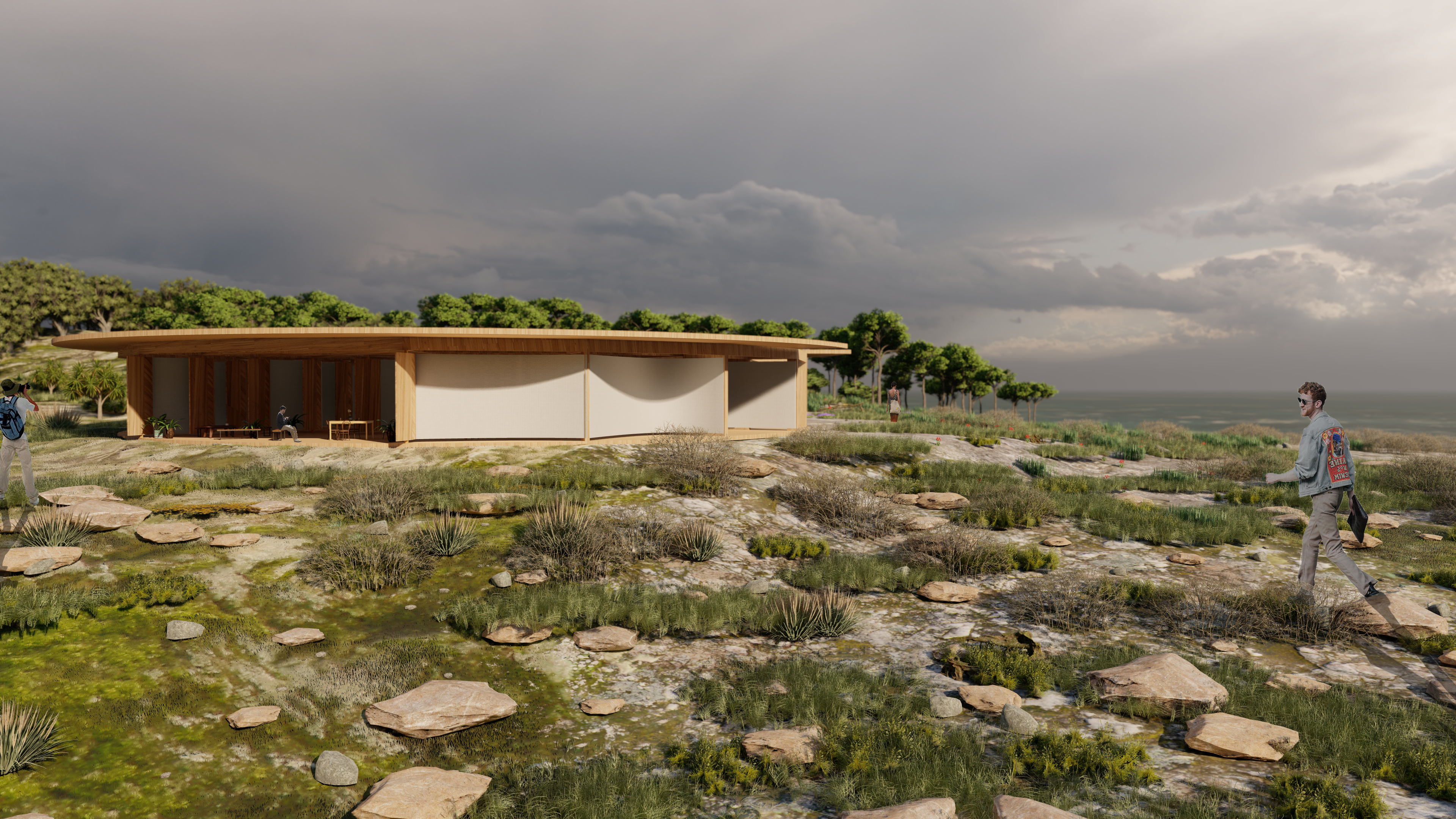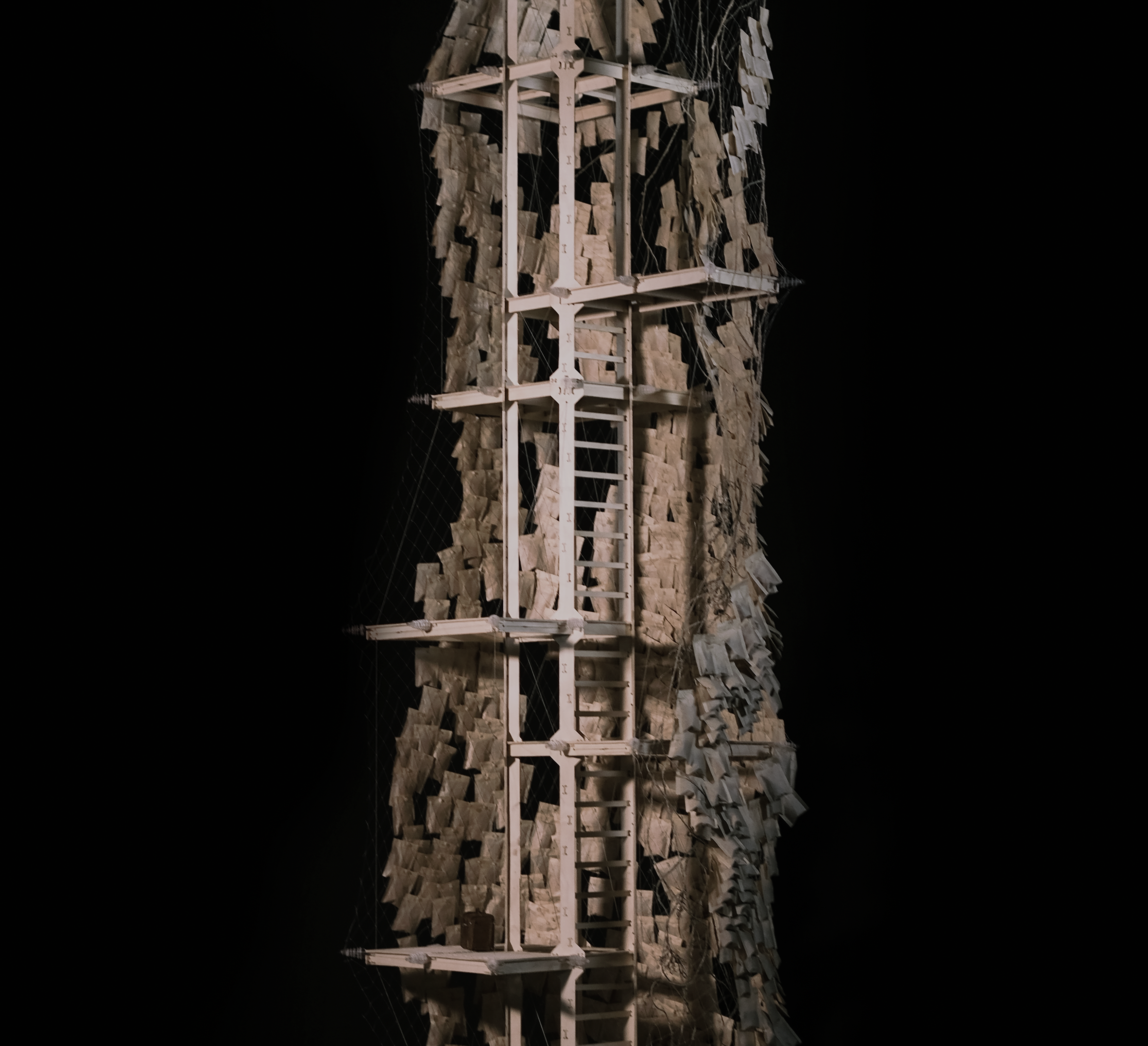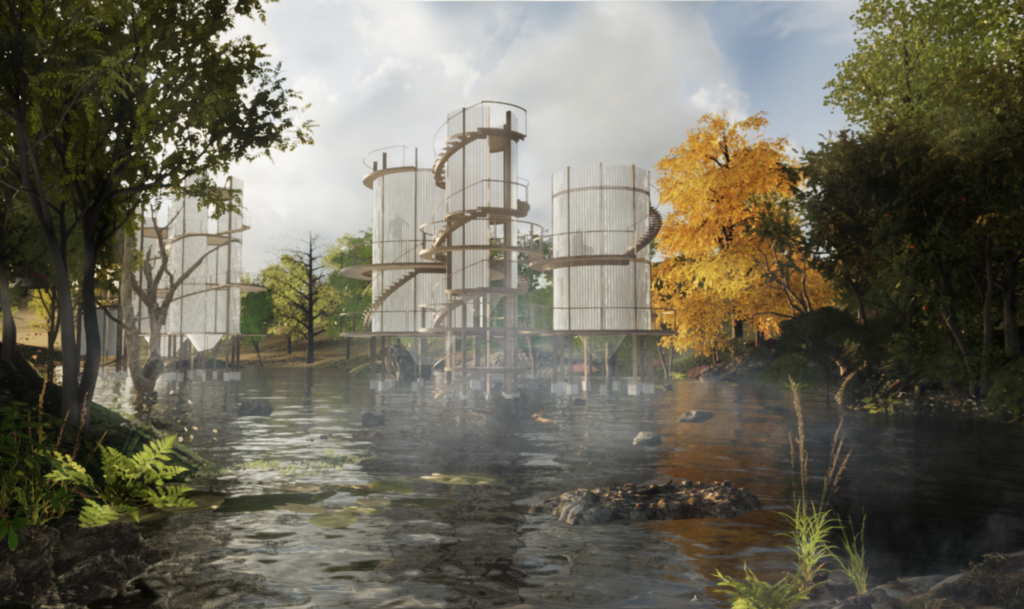
Credits: Cloud at 40°C, Self Sufficient Buildings Studio, MAA01 2021/22
SSB continues its exploration into the realm of physical forces and develops an architecture in the form of an equilibrium between man and the environment. Today, form still follows function, but in a world of fluctuating climatic patterns and rigid dependencies on resources, we ask ourselves: how can energy shape architecture?
—
From a historical perspective, architecture has always emerged from the need to adapt to a local context and constructed with the limitations of the technique. Today, in the context of globalisation and the explosion of technological progress, we are becoming increasingly alienated from the millennia of contextual architectural innovation, in favour of universal and homogeneous building standards, fueled by enormous energy consumption and at the cost of the environment.
According to the unchallenged global authority for building guidebooks – the Neufert – the standard temperature for human comfort is 22ºC – no matter if the building is located in Siberia, where temperatures can drop to -50ºC, or the UAE, where they can reach +50ºC. In contrast to those simplistic, uniform expectations, we – as architects – need to question the applicability of universal patterns of inhabitation and rethink the relationship between buildings and their climatic and energetic contexts.
Add to that the advent of ever more immersive virtual experiences and digital worlds (e.g. the Metaverse), which are promising entirely new qualities of detachment and apparent independence of the physical reality of material and energy resources – and even our own bodies. We aim to answer this development by emphasising the value of embodied experience and knowledge, and by bravely confronting a complex and difficult, yet beautiful and rewarding physical reality.
This year’s studio proposes an exploration of the archipelago of the Baleares, a complex yet rich geography embedded with a variety of energetical situations and climatic diversity. Our site, spread on a 5000 km² surface, gathers extreme conditions from coastal eolic landscapes to juxtaposing semi-desert areas, witnessing tights, extreme radiations, high winds, fluctuating temperatures… We will explore this territory during our research trip under the form of a low-energy travelling expedition: we will travel together to places of common studio interest, from there all the groups will travel to their own chosen sites to perform a micro workshop: living 24 hours on your site, measuring it’s qualities through a physical act of staying there!
The course is structured along the development of a series of 3 successive design missions:
The initial weeks will see us developing an energy device: using digital fabrication and physical computing you will invent and construct a machine, within the walls of IAAC that stages and performs an energy phenomenon of your choice. During this phase, you will be supported, every week, by one of Barcelona’s most interesting scientists, Josep Perello Palou! The device is the occasion to measure a scientific phenomenon in order to quantify it.
Rich with this scientific knowledge, this will lead you to the choice of a context within the Archipelago for which you will be developing the smallest building, at a 1:5 scale: the smallest off-grid living unit for one person. The design methodology will be centred around the use of the milling machine and plywood, a material which properties close to a construction material. During this phase, you will focus on structure, detail, envelope, constructive detail…
The third phase of the studio is the extrapolation of this small architecture into a larger living architectural intervention within the site of your choice, the self sufficient building. During this phase,you will explore notions of density, distribution, circulation, organisation…
Learning Objectives
At course completion the student will:
- Experience all the steps of the development of an architectural project.
- Understanding of an empirical approach into working with energy and its integration in buildings.
- Integrate digital fabrication and physical computing into a design process.
- Make performative architectural models.
- Learn how to support research into spatial distribution with computational tools.
- Use parametric modelling in order to design and develop documents of architectural representation.
- Develop an iterative working process based on the creation and evaluation of design options.


